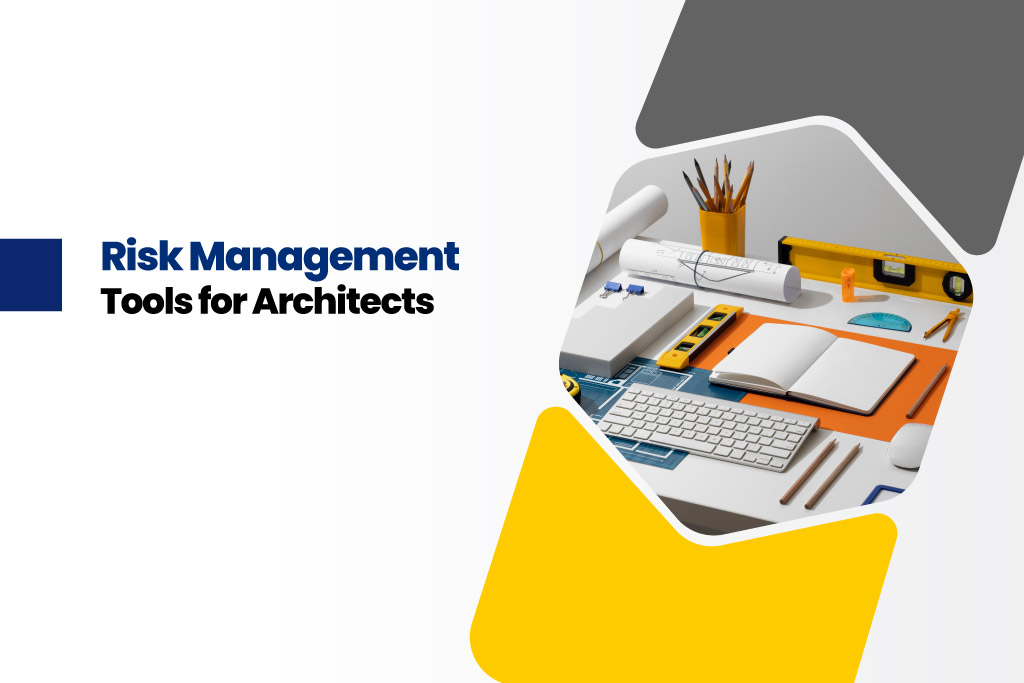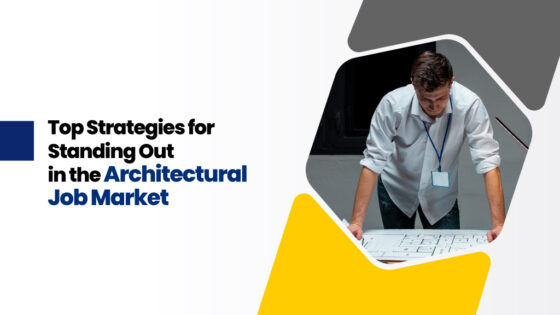Why do you need risk management in architecture? Did you ever think about it? Considering the clients and balancing the project risks are important, whether direct or indirect damages. Risk management in architecture is to detect, test and eliminate the potential risks to affect the design, construction and interruption in a building or project. The top architect colleges in Coimbatore promote knowledge about risk management in architecture as it is essential for work fields or projects. The objective is to safeguard the complete process and develop environmental quality, safety and sustainability. Here, get to know the common risks and damages that architects may see and their effect on an organization.
The common impact on firms when architects failed to notice the risks or damages.
- Miscommunication: It is possible where the unhappy clients turn to costly lawsuits. Simple miscommunication is to blame where you need to discuss the project coverage and extra features need to include letting a design to final product.
- Divert from original objective: There are chances where projects can change over time and there are risks if it is too much changes. Some clients may ask for more requirements and deliverables to a project which may cause mistakes or issues that lead to claim or lawsuit.
- Documentation errors: In architecture, small design mistakes or any building errors may lead to construction delays, wasted material and complete reconstruction.
- Construction mistakes: When you provide accurate, detailed blueprints to the constructors but there are chances that your instructions may not followed the way it mentioned. Construction mistakes which done by other workers may result in carelessness claim against architect even if it is not your fault.
- Work with contractors: For many architects, hiring contractors is standard procedure. While it is occasionally required, doing so puts you at risk. When a contractor you hire engages in an error, you may be held financially responsible for their work.
- Income: Architects who operate as sole proprietors are frequently in charge of every aspect of their company, including client acquisition. There will be instances of slow business, and until you can secure the next project, your financial situation may suffer.
Risk management strategies for architects:
What are the risks common risks in your firm? Finding out which risks exist in your company is the first step towards managing them. In addition to the risks associated with their profession, architects’ businesses can also carry a risk of property damage or injury.
Once your business’s architect dangers and threats have been determined, you can start minimizing them. While there are situations in which eliminating risks completely could be possible, for many, reducing their likelihood may be sufficient. Here are some strategies for risk management in your architectural use:
- Contracts should specify services and results in detail.
- Maintaining meeting minutes and client communication records.
- Setting in place a check system to identify and fix errors.
- Utilizing reputable and protected contractors.
- Eliminating the path dangers that could cause falls.
- Setting aside time every week to locate clients and schedule upcoming projects.
Do architect have business insurance? No matter how well you reduce or eliminate risks within your architectural firm, accidents can still happen. For this reason, a lot of architects carry architect insurance. The various business insurance plans that architects can choose from can act as an insurance policy for your company, protecting your finances in cases of an emergency. You could select from a range of insurance plans for your company, such as:
- Professional insurance that protects you against third-party claims of negligence resulting from your professional services or advice, and also covers defence expenses. In certain states, obtaining a license as an architect might be necessary.
- If a third party proposes that you caused them harm or property damage through your careless business operations, you are protected by public liability insurance. This cover defines expenditures as well.
- It is crucial that your team members understand the significance of risk management and their role in contributing to the solution, irrespective of the size of the team.
- The risks and hazards you face as an architect will probably change and grow as your firm does. You will need to continuously manage risks. Regularly reviewing your business risks and looking for ways to reduce their impact on your company may be beneficial.
Conclusion: It is important for students to understand the concepts of risk management tools in the project. Coimbatore’s Best Architecture Colleges ensures that students have the knowledge and ability to recognize the threats and issues which may disrupt the architecture or construction project. This enables the budding architects to know that when potential risks are noticed, then it is easier to complete the designs within the time limit. Thus, to eliminate the risks in the project you need to understand their importance.






